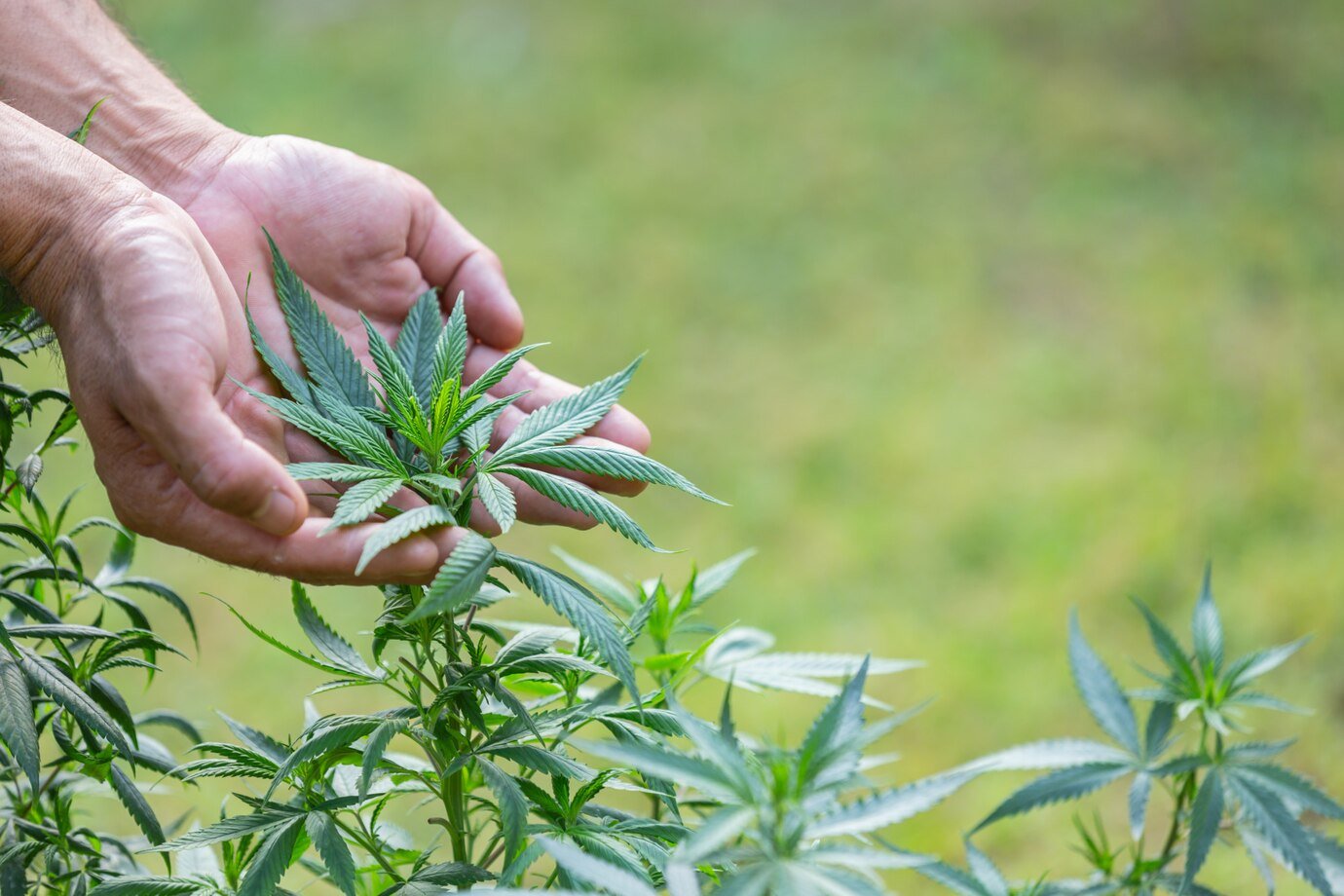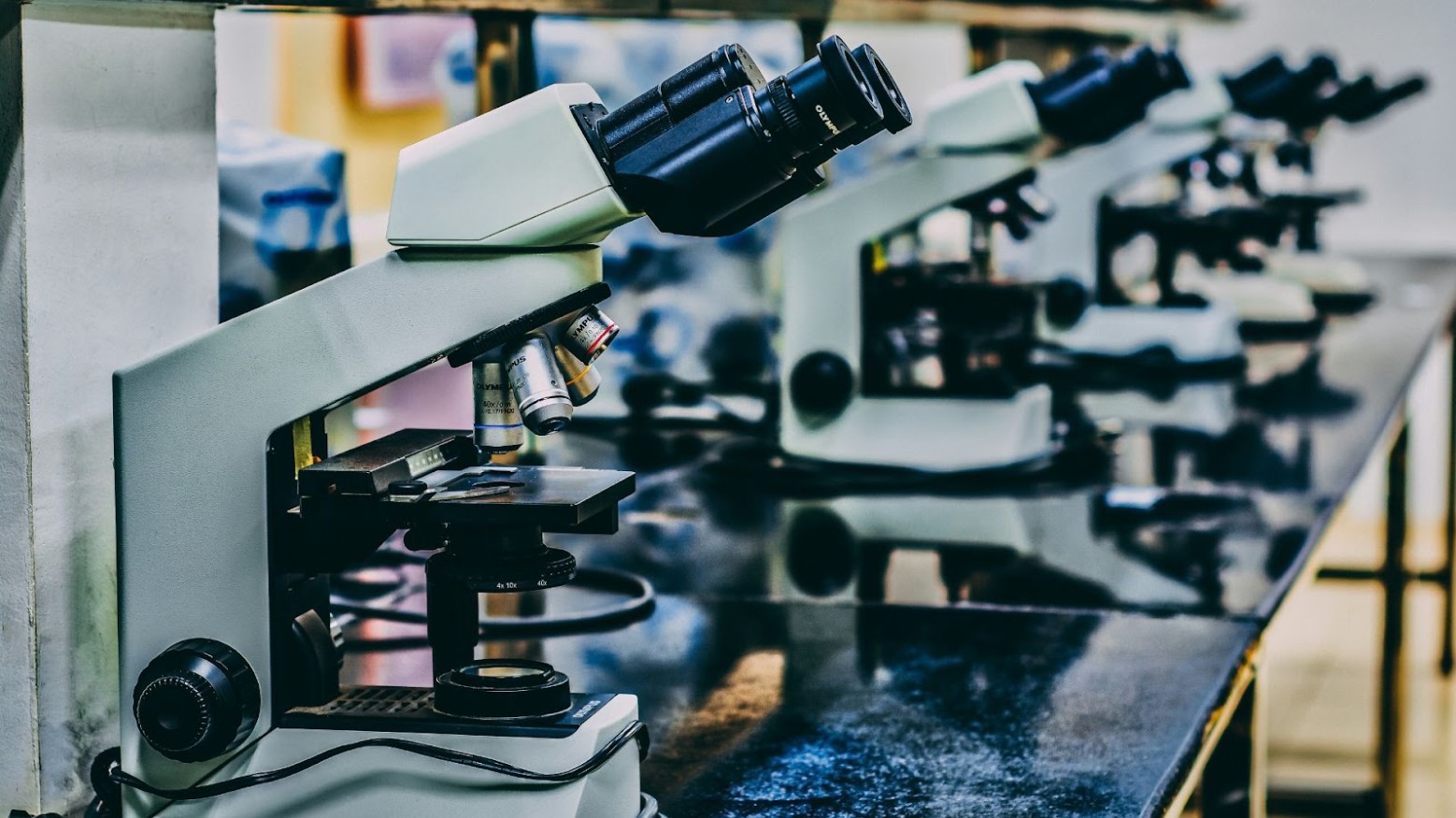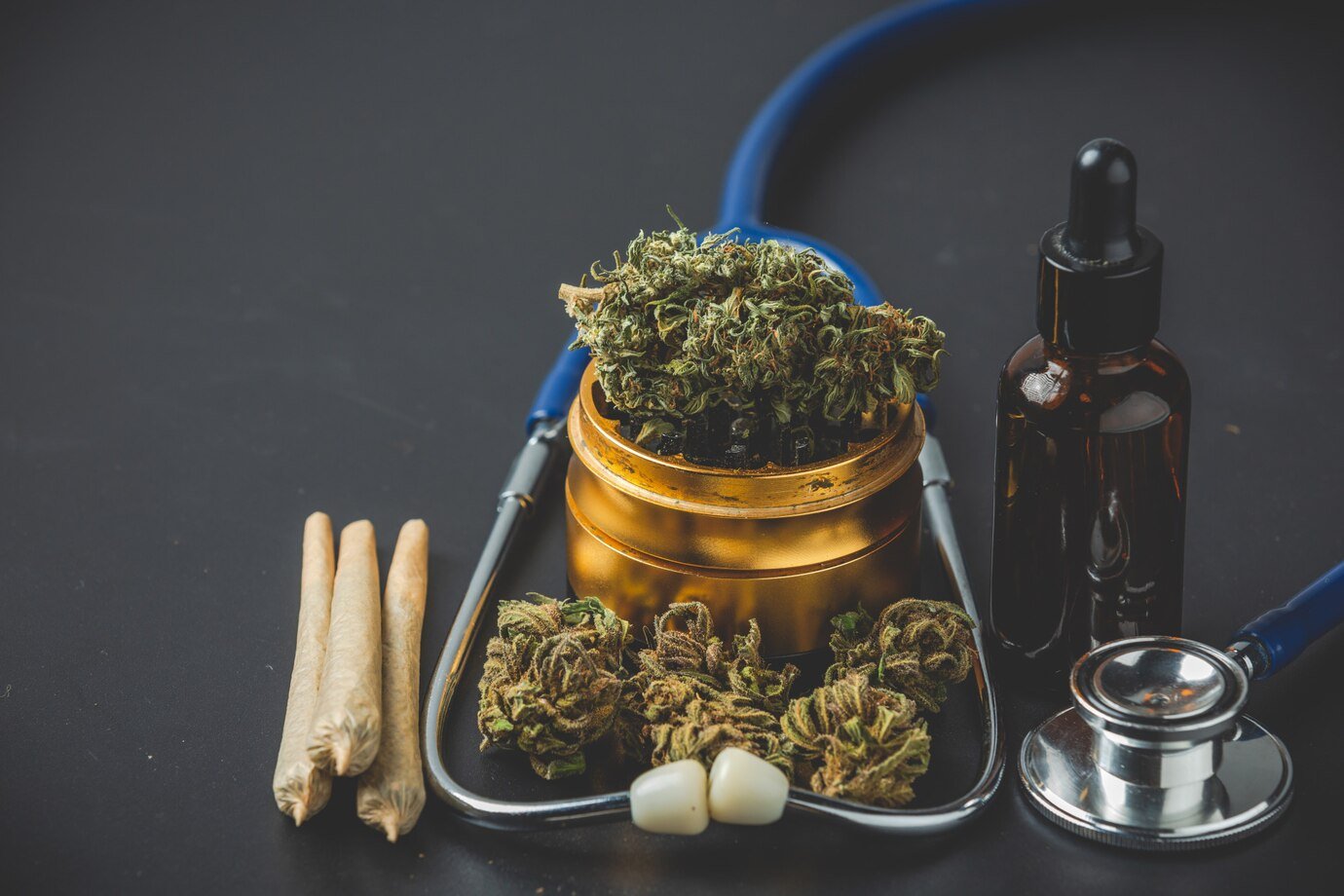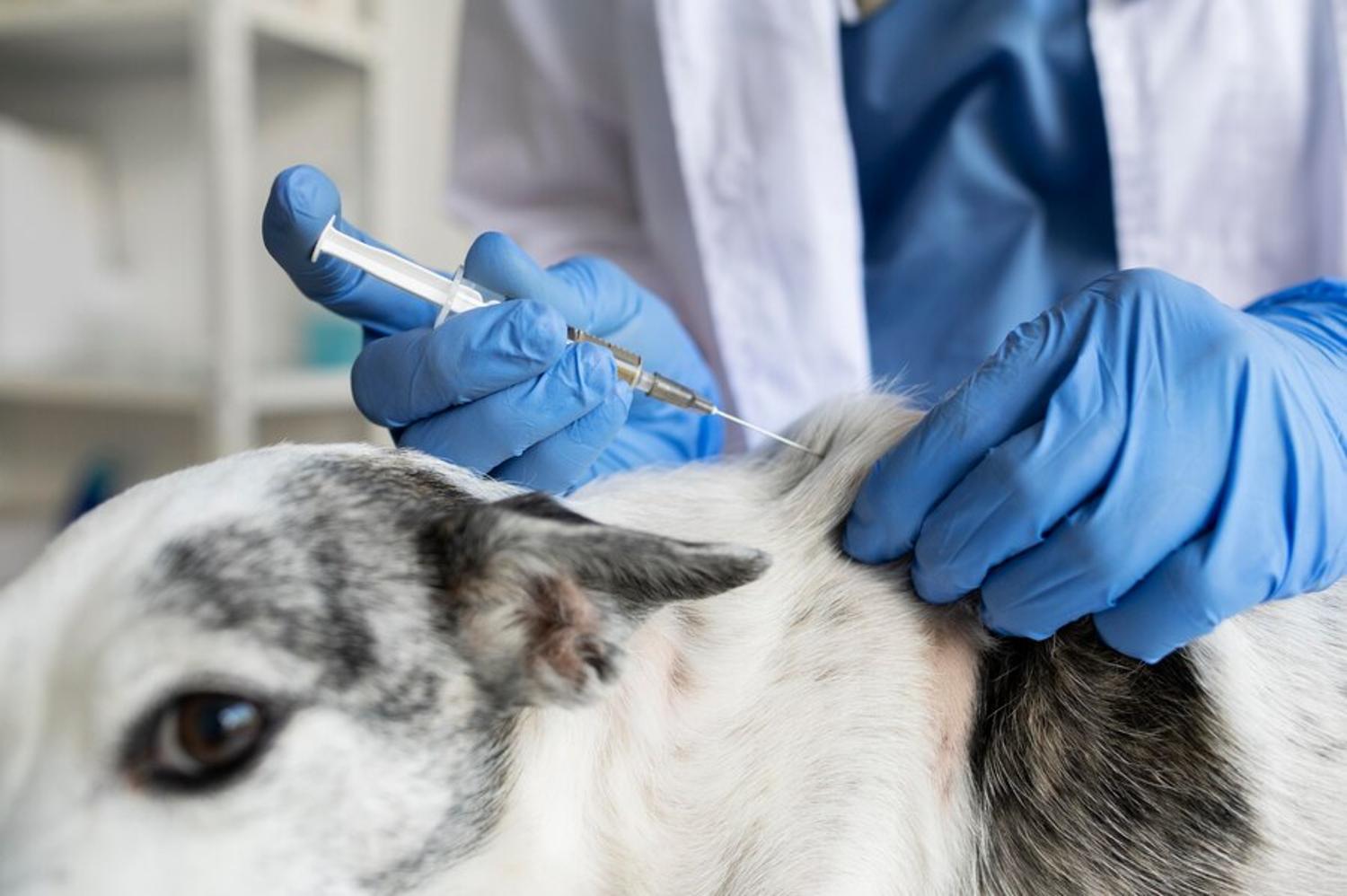Medical Marijuana in Colorado Drawing in Families with Sick Children
When medications failed to control 2-year-old Grace Burriesci’s seizures, her family relocated from New York to Colorado, hoping a special strain of medical marijuana grown there could help.
Diagnosed with Dravet Syndrome at one year old, Grace experienced up to 400 seizures daily. Her family feared losing her if the seizures couldn’t be controlled.
Charlotte’s Web
“The FDA-approved pharmaceuticals weren’t working for her and unfortunately, kids that have her condition are actually passing away from it, so it’s a matter of life and death,” Grace’s dad, Biagio Burriesci, told TODAY.

Source: Freepik
Upon researching her condition, the Burriesci family discovered a strain of marijuana called Charlotte’s Web, which has helped other children with intractable seizures.
Low Levels of THC
This particular strain is bred to have low levels of THC, the psychoactive component, and higher levels of cannabidiol (CBD).

Source: Freepik
Experts explain that while both cannabinoids affect pain, nausea, and seizures, CBD is not psychoactive, so children using it do not get high.
Seizures Down from 400 to 20 a Day
Cannabinoids mimic substances our brains naturally produce, called endocannabinoids, which calm excessive activity in the immune system, gut, or nervous system.

Source: Jcomp, Freepik
In Grace’s case, marijuana hasn’t completely eliminated her seizures, but it has reduced them from 400 per day to about 20.
Families Given Hope
These results have attracted nearly 200 families to Colorado, seeking an option backed by anecdotal evidence rather than solid scientific research.

Source: Freepik
Another family, the Botkers, moved nearby for similar reasons. Their 7-year-old daughter Greta also had uncontrollable seizures, unresponsive to medication and surgery.
Worth the Move
After starting Charlotte’s Web, Greta’s seizures dropped from 15 per day to three. Her parents, splitting their time between Colorado and their Minnesota farm, believe the move was worth it.

Source: Getty Images
“There’s nothing we wouldn’t do to try to help her, and that’s why we’re here in Colorado,” said Greta’s dad, Mark Botker.
Warnings from American Epilepsy Society
Despite these success stories, the American Epilepsy Society warns that there isn’t solid evidence that marijuana works or is safe for children.

Source: Freepik
“The recent anecdotal reports of positive effects of the marijuana derivative cannabidiol for some individuals with treatment-resistant epilepsy give reason for hope,” the Society stated.
More Scientific Evidence Needed
“However, we must remember that these are only anecdotal reports, and robust scientific evidence for the use of marijuana is lacking.”

Source: Chris Hondros/Getty Images
The AES continues, “the lack of information does not mean that marijuana is ineffective for epilepsy. It merely means that we do not know if marijuana is a safe and effective treatment for epilepsy.”
Research will be Underway
This research gap may soon close.

Source: Ousa Chea/Unsplash
In October of last year, the FDA approved two investigational trials of cannabidiol for pediatric epilepsy, one at New York University School of Medicine and the other at the University of California, San Francisco.
Pediatric Group at UCLA Hopes Research Will Start Soon
The pediatric neurology group at the David Geffen School of Medicine at Mattel Children’s Hospital UCLA is also awaiting FDA approval to begin a trial.

Source: Nikhil Kulkarni, Wikimedia
“At the moment we’re anticipating 25 patients per group at each center,” said Dr. Raman Sankar, a professor and chief of pediatric neurology. “Our conservative hope is that this will begin sometime this year, and maybe within the next few months.”
Other Cannabinoid Formulations Created
Sankar’s group will use a formulation developed by GW Pharmaceuticals, a British company with regulatory approval in Europe for another cannabinoid formulation, Sativex, used to treat spasticity from multiple sclerosis.

Source: Freepik
The identification of Dravet Syndrome as a genetic mutation has shifted the understanding of the illness, suggesting that it might be treatable with therapeutics like cannabidiol.
Difficult to Conduct Animal Testing
However, research has been hindered by marijuana’s classification as a Schedule I drug by the DEA, making it difficult even to conduct animal studies.

Source: Freepik
“You can’t very easily do even a mouse study with it,” Sankar said
